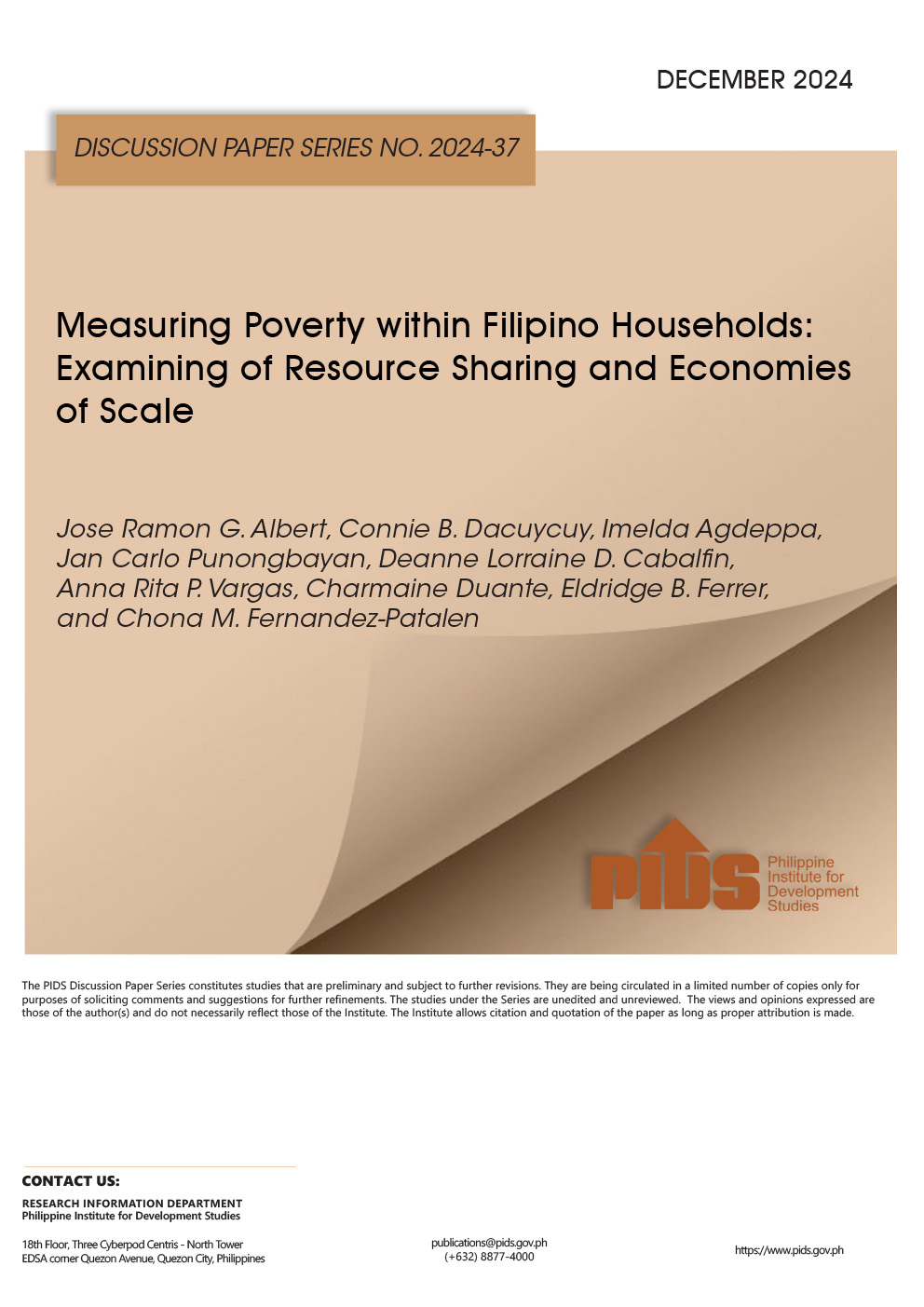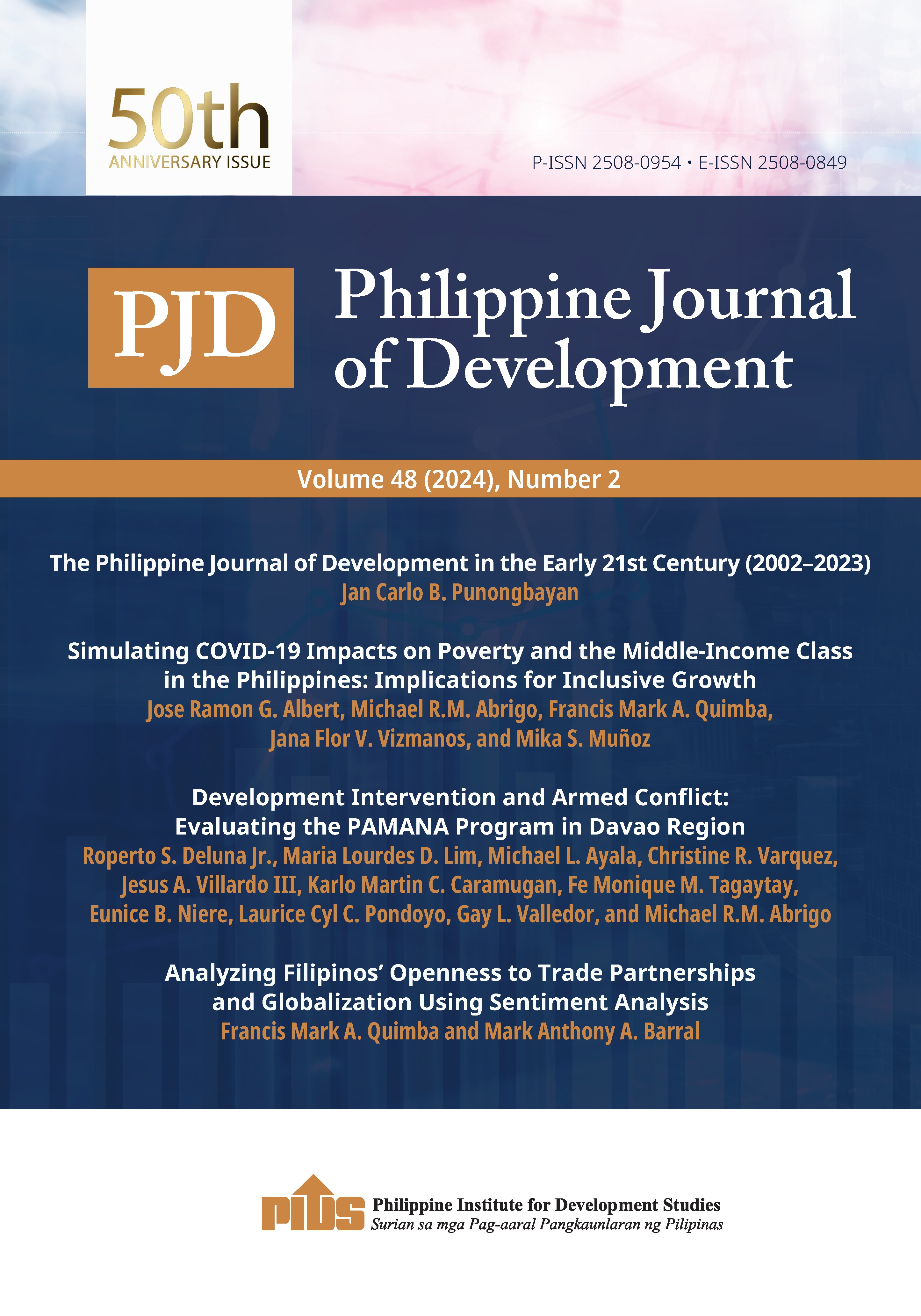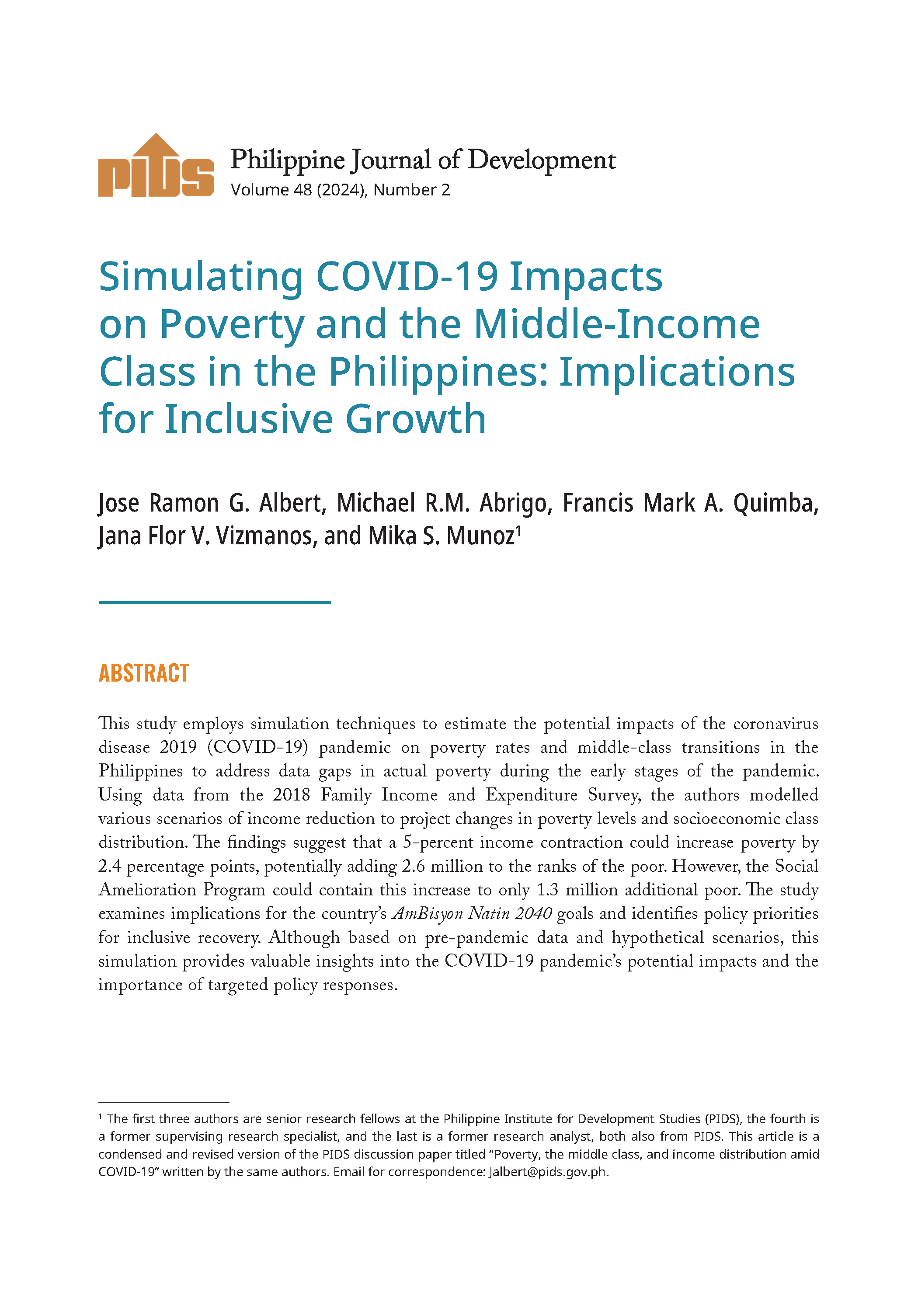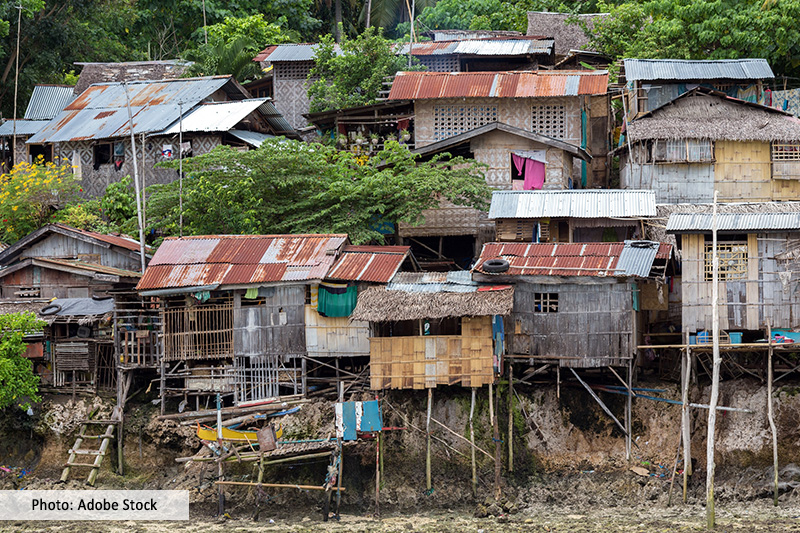The Conditional Cash Transfer Program (Pantawid Pamilyang Pilipino Program or 4Ps) is a smart populist program and its abolition or scaling down could damage the gains achieved especially on the welfare of poor children, according to state think tank Philippine Institute for Development Studies (PIDS).
But this does not mean there is no room for improvement, it pointed out.
In a discussion paper, PIDS said despite criticisms that the program promotes the culture of mendicancy and dependence, the 4Ps has become a highly popular and well-regarded program with international partners like the World Bank and Asian Development Bank, which consider the Pantawid as one of the best conditional cash transfer programs in the world.
The administration of then-President Gloria Macapagal-Arroyo developed 4Ps and tried it as a pilot project in a few locations in 2008.
Recognizing its potential, then-President Benigno Aquino 3rd started a massive expansion of the program in 2010, along with a series of measures strengthening its governance and management.
The objective of the program is to immediately ease poor families’ pain of deprivation and simultaneously enable and motivate them to raise the education, health and nutrition status of their children.
With increased human capital, these children would supposedly have a better chance of escaping poverty in the long run.
“With this objective in mind, the government designed Pantawid Pamilya to assist the poor by providing them conditional cash transfers (CCTs). Unlike conventional social assistance, those grants are provided in exchange for certain actions [called ‘conditionalities’]that beneficiaries must comply with,” PIDS said.
Starting with 284,000 in 2008, beneficiary households reached 4.1 million by 2015.
In terms of population, the number of beneficiaries rose from 662,000 children 0-18 years old in 2008 to 10.2 million in 2015.
Today, the program covers 79 percent of poor households whose income is less than the amount needed for basic necessities, PIDS noted.
PIDS said its impact evaluations showed that the Pantawid has kept children in school; decreased the time spent on paid work for children although it has not significantly decreased the incidence of child labor; improved access to essential health services even though its higher-level impact is mixed perhaps because of supply side issues; increased household expenditure on education as well as expenditure on clothing; shown that adult members of the Pantawid households are as industrious as their non-Pantawid counterparts as indicated by all aspects of the labor market outcomes from labor force participation, employment, hours of work and looking for work when unemployed; and decreased conflict incidents.
“Overall, the evaluations have shown that the poor, like anybody else, are rational on the use of their money. They respond to incentives such as giving importance to socially desirable expenditures like education and health promoted by Pantawid which are known to be of little current importance to them because the prospective benefits are too far in the future,” it added.
“Indeed, Pantawid Pamilya is a smart populist program unlike other anti-poverty programs. It helps the poor with their urgent needs, while creating a more hopeful future for their children,” PIDS said.
This alternative future, according to the think tank, is being created by helping the children of the poor develop greater capacity to eventually earn income through increased years of education.
In addition, the program paves the way for the poor children’s development in terms of mental capacity and other physical abilities, qualities associated with good health and nutrition, PIDS said.
This implies that the program supports interventions that would likely reduce the transmission of poverty from parents to children, the think tank added.
“Therefore, the abolition or the scaling down of Pantawid would probably have damaging unintended consequences on the present and future welfare of poor children,” it said.
PIDS added that such policy decision would arguably reduce beneficiary children’s opportunities for gainful jobs as well as their chances of moving out of poverty, when they become adults.
Improvement needed
Nevertheless, despite advances in social assistance, the 2015 Family Income and Expenditure Survey (FIES) showed that there remains a considerable gap between the average household income of the poor and the poverty threshold.
“The gap is estimated to be 135.6 billion pesos in 2015. This is the amount of transfer needed annually to bring the income of all poor households to the level of the poverty threshold,” it added.
Despite large increases in Pantawid budget, therefore, the financial challenge of helping the poor close the gap between their income and the poverty line remains substantial, PIDS said.
“Moving forward, there are important issues that need to be addressed to maintain and enhance the impact of Pantawid on the welfare of the poor,” it added.
Therefore, PIDS said the three important issues needed to be addressed were: the mixed findings regarding the impact of the program on outcome indicators; the desirability of raising the amount of grants provided; and the need to adjust the program conditionalities.//
Poor kids at risk if 4Ps is abolished–think tank











